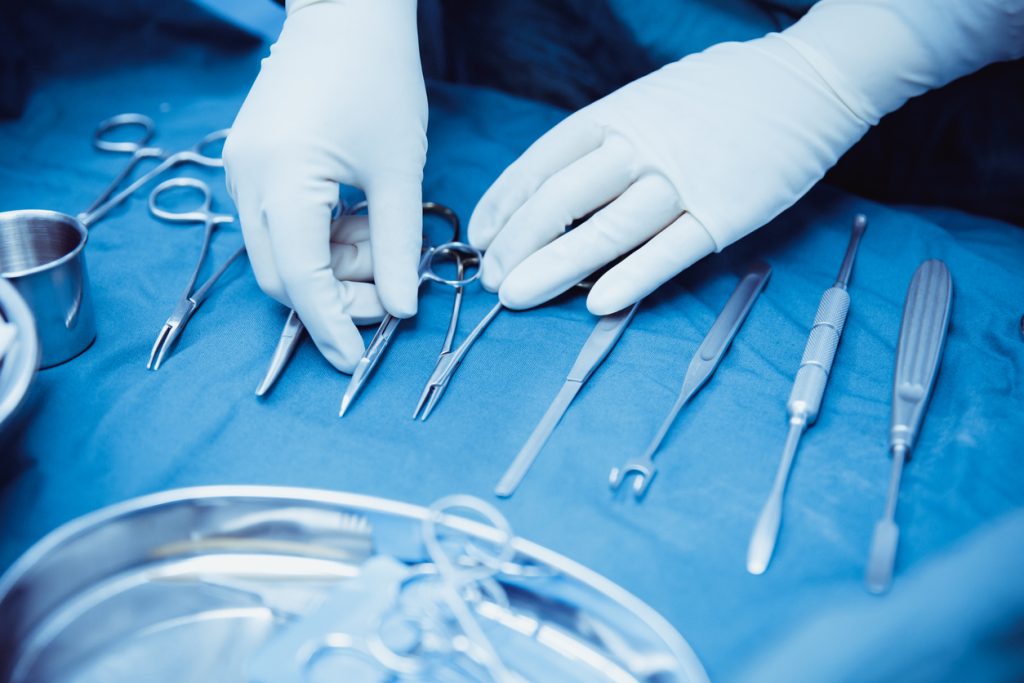Umbilical hernia laparoscopic surgery: Procedure, benefits & postoperative recovery
An umbilical hernia is a lump or bulge that forms in the abdomen, more specifically below or around the navel. This type of bulge occurs when a portion of the intestine or other abdominal tissue protrudes through a weak spot in the abdominal wall near the belly button. This particular form of hernia can occur in both young children and adults. Umbilical hernia laparoscopic surgery, performed with excellent success rates by General Surgeons in Athens, is the preferred treatment option for the restoration of the condition.
Umbilical hernias are quite common in infants. The umbilical cord passes through an opening in the baby’s abdominal muscles during pregnancy. The opening usually closes immediately after birth. If it doesn’t close completely, a weak spot can develop in the baby’s abdominal wall. This makes it more prone to developing an umbilical hernia.
Umbilical hernia in adults can occur as a result of excessive accumulation of fluid in the abdominal cavity (ascites), chronic peritoneal dialysis, obesity or pregnancy, especially if it is a multiple pregnancy. Women who have had multiple pregnancies are even more likely to develop an umbilical hernia. Some previous abdominal surgery can also create an umbilical hernia in the future.
Umbilical hernias in adults are less likely to go away on their own. They usually increase in size over time and often require surgical repair. Laparoscopy for umbilical hernia is the most preferred method, as the benefits it offers are superior to those of open surgery. Open surgery is indicated only in cases where laparoscopic repair cannot be applied, such as in patients with chronic cardiovascular diseases who cannot undergo general anesthesia.
How is umbilical hernia laparoscopy performed?
Umbilical hernia laparoscopic surgery is a minimally invasive method to repair the condition. During the procedure, after the patient is under general anesthesia, the competent surgeon makes 3 tiny incisions around the area where the hernia is located. Through one of the incisions he inserts the laparoscope, that is, a long narrow instrument with a light and a camera at its end, which provides the surgeon with visibility inside the abdominal cavity by transferring the image to a video screen.
During umbilical hernia laparoscopy the intra-abdominal contents protruding through the hernia are carefully placed back into place. The weak point in the abdominal wall is then either sutured or reinforced with a synthetic mesh material that is carefully placed over the area of weakness.
What are the benefits of umbilical hernia laparoscopic surgery?
Laparoscopic umbilical hernia surgery offers the patient a shorter hospital stay, faster return to normal activities, fewer trauma-related complications, and minimized recurrence rates. The patient returns home the same day or after a night’s stay in the hospital. The patient is given pain medication and can return to his daily activities 2 weeks after the procedure.


